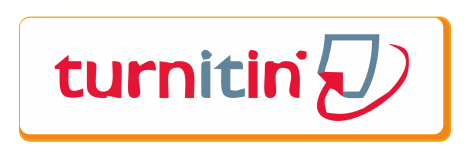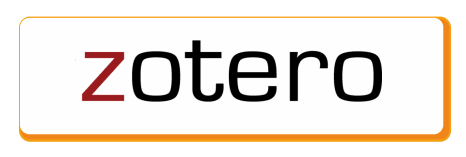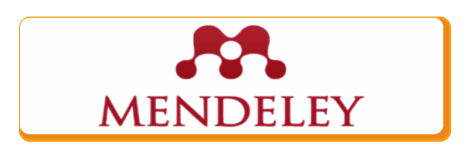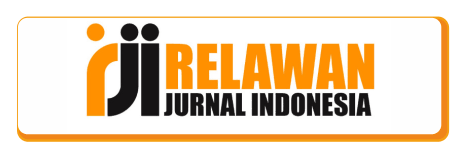EFEKTIFITAS SELF TALK THERAPY PADA PERILAKU SELF INJURY
 Abstract views: 2336
,
Abstract views: 2336
,
 PDF downloads: 3203
PDF downloads: 3203
Abstract
Downloads
References
Bradley T, E. (2016). 40 Teknik koseling yang harus diketahui setiap konselor (Kedua; H. P. Soetjipto & S. M. Soetjipto, eds.). Celeban Timur UH III/548 Yogyakarta 55167: Penerbit Pustaka Pelajar.
Caperton, B. (2004). What school counselors should know about self injury among adolescents: A literature review. A Research Paper.
Hidayati, D. S., & Muthia, E. N. (2016). Kesepian dan keinginan melukai diri sendiri remaja. Psympathic : Jurnal Ilmiah Psikologi, 2(2), 185–198. https://doi.org/10.15575/psy.v2i2.459
Jim, R. (2011). Dahsyatnya terapi bicara positive self talk therapy (Rusman, ed.). Yogyakarta: Arta Pustaka.
Maidah, D. (2013). Studi kasus pada mahasiswa pelaku self injury. Development and Clinical Psychology, 2(1), 6–13.
Marhani, I., Sahrani, R., & Monika, S. (2018). Efektifitas pelatihan self talkuntuk meningkatkan harga diri remaja korban bullying (studi pada siswa smp x pasar minggu). Inspiratif Pendidikan, 7(1), 11. https://doi.org/10.24252/ip.v7i1.4929
Permata Sari, T. (2017). Empathic love therapy untuk menurunkan pikiran dan perilaku self injury. 1–8.
Ria Kurniawati. (2012). Dinamika psikologis pelaku self-injury. Jurnal Penelitian Dan Pengukuran Psikologi, 1(1).
Schultz, D. P., & Schultz, S. E. (2015). Teori kepribadian (10th ed.; A. Kartika Putra, ed.). Jakarta: Penerbit Buku Kedokteran EGC.
Sutton, J. (2007). Healing the hurt within understand self-injury and self-harm, and the heal emotional wounds (Third). Retrieved from www.howtobooks.co.uk
Whitlock, J. L., Powers, J. L., & Eckenrode, J. (2006). The virtual cutting edge: the internet and adolescent self-injury. Developmental Psychology, 42(3), 407–417. https://doi.org/10.1037/0012-1649.42.3.407
Zetterqvist, M. (2015). The dsm-5 diagnosis of nonsuicidal self-injury disorder: a review of the empirical literature. Child and Adolescent Psychiatry and Mental Health, 9(1). https://doi.org/10.1186/s13034-015-0062-7
The journal operates an Open Access policy under a Creative Commons Non-Commercial 4.0 International license. Authors who publish with this journal agree to the following terms:
- Authors retain copyright and grant the journal right of first publication with the work simultaneously licensed under a
 Commons Attribution-NonCommercial 4.0 International License
Commons Attribution-NonCommercial 4.0 International Licensethat allows others to share — copy and redistribute the material in any medium or format, and adapt — remix, transform, and build upon the material.
- Authors are able to enter into separate, additional contractual arrangements for the non-exclusive distribution of the journal's published version of the work (e.g., post it to an institutional repository or publish it in a book), with an acknowledgement of its initial publication in this journal.
- Authors are permitted and encouraged to post their work online (e.g., in institutional repositories or on their website) prior to and during the submission process, as it can lead to productive exchanges, as well as earlier and greater citation of published work (see The Effect of Open Access).




















